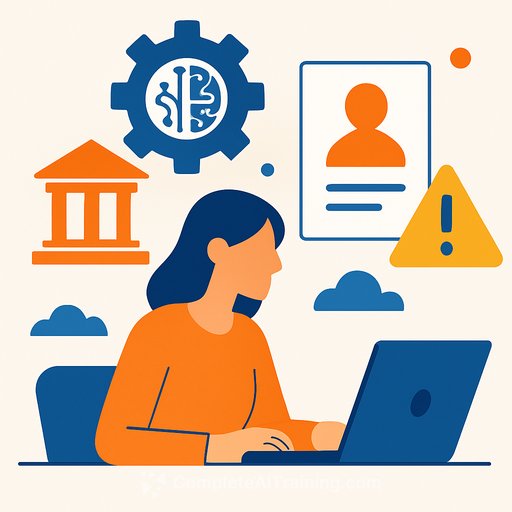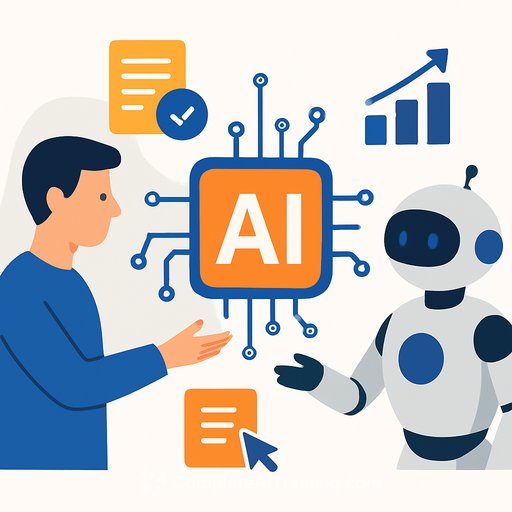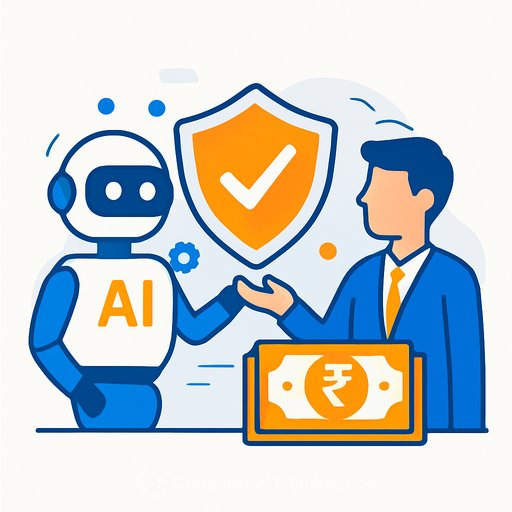Local Technology Workforce Exploring AI in HR
October 2, 2025
The question for councils is no longer "if" AI will affect HR. It's "how" to use it in a way that fits staff, policy, and community expectations.
Across Australia, employers are testing AI across the employee lifecycle - attraction, recruitment, onboarding, learning, mobility, and workforce planning. Local government is joining that movement, with some councils piloting tools and others watching closely.
AI already in play
Adoption is building across the broader workforce. A 2024 survey reported that 62% of Australian organisations use AI in HR processes to a moderate or extensive degree. Common uses include resume screening (73%), AI-powered candidate matching (71%), and automated interview scheduling. In addition, 86% of HR leaders say AI and data analytics are improving their talent strategies.
These signals point to practical options for councils as sector examples continue to emerge.
Where AI can help across the employee lifecycle
- Automated resume screening
- Candidate chatbots for FAQs and status updates
- Video interviewing platforms with structured prompts
- Onboarding automation (forms, provisioning, compliance reminders)
- HR support chatbots for policy and leave queries
- Interview preparation and structured question banks
- Predictive analytics for attrition and workforce planning
- Internal mobility tools that match skills to roles and projects
Not every tool will fit every council. The value is in matching tools to current bottlenecks and goals.
The opportunity for councils
- Reduce manual administration in recruitment and onboarding
- Accelerate candidate communication during peak hiring
- Provide timely, consistent answers to routine HR questions
- Use data to plan skills, mobility, and future demand
The aim is clear: free HR teams from repetitive tasks so they can focus on wellbeing, engagement, and strategic work.
Challenges that can't be ignored
- Fairness and bias: models can reflect biased data and create unfair outcomes if left unchecked
- Transparency: decisions must be explainable, especially in a public sector context
- Data privacy: HR data is highly sensitive and needs strong safeguards
- Employee confidence: staff need clear communication and human oversight to build trust
- Governance: use must meet legislative obligations and community expectations
These aren't blockers. They are guardrails for responsible use.
Start small: questions to ask
- Which repetitive HR tasks are consuming time and delaying service?
- How can we improve candidate experience with smarter automation?
- What workforce data can inform proactive planning and mobility?
- What approvals, risk controls, and oversight must be in place?
- How will we inform and support staff and candidates during pilots?
Practical first moves
- Run a limited pilot for one use case (e.g., interview scheduling or HR FAQs)
- Define success metrics: time saved, response times, candidate satisfaction, error rates
- Use structured prompts and standard operating procedures to reduce variability
- Keep a human in the loop for all decisions that affect people
- Log decisions and model outputs for audit and learning
- Close the loop: gather staff and candidate feedback, then iterate
Governance and risk controls
- Use procurement checklists that cover data handling, bias testing, explainability, and auditability
- Adopt plain-language model cards or use-case summaries that explain what the tool does and where it can fail
- Set clear rules for human oversight and escalation
- Map data flows and retention, then test against your privacy obligations
For context, see Australia's AI Ethics Principles from the Department of Industry, Science and Resources here, and privacy guidance from the Office of the Australian Information Commissioner here.
Building capability
Tools change fast. Principles and skills endure: clear problem statements, prompt discipline, data literacy, bias testing, and change management.
If your team is building baseline skills, you can explore role-based options here.
Moving forward with integrity
AI in HR will keep evolving. Councils don't need to chase every tool.
The path is simple: start with small, well-governed pilots, keep people at the centre, measure outcomes, and share what works across the sector. That's how councils can adopt AI in a way that supports staff, fits public sector values, and strengthens service to the community.
Your membership also unlocks:






